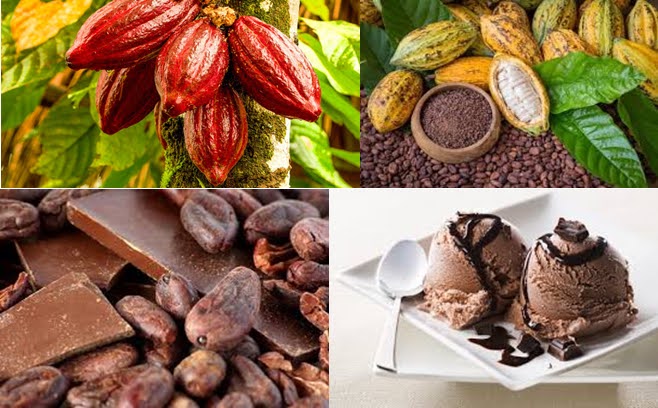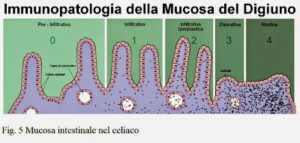
The origins of cocoa are ancient. It is believed that cocoa plants existed over six thousand years ago in Central America. Based on reliable historical reconstructions, the Maya were likely the first to cultivate and consume cocoa. The Aztec civilization also offers interesting insights: according to one of their legends, cocoa seeds were gifted to the people of the earth by the feathered serpent god Quetzalcóatl, to ease human fatigue. Not coincidentally, the word “chocolate” may derive from the Aztec term Xocoatl, which referred to a bitter beverage made from cocoa seeds. This was how chocolate was consumed before the Spanish conquistadors arrived in South America.
According to the Smithsonian Institution, in various pre-Columbian Latin American societies, cocoa seeds were used as currency. The Maya and Aztecs believed cocoa had magical properties and used it during important rituals. When the Spanish conquistadors arrived, sweetened chocolate was born. Legend has it that the Aztec king Montezuma offered Hernán Cortés a bitter chocolate drink, which ancient texts describe as unpleasant. Cortés’ men added cane sugar and honey and brought it back to Spain, where it quickly became a popular and appreciated beverage.
In 1847, a chocolate company in Bristol, England—J. S. Fry & Sons, known simply as Fry’s—created the first mass-produced chocolate bar. This happened when Joseph Fry added cocoa butter to chocolate, transforming it into a moldable paste. Milk chocolate was invented shortly after, with the help of Henri Nestlé, founder of the multinational giant. Major European chocolate brands like Lindt and Cadbury also began in the 1800s.
Since its discovery, cocoa consumption has never ceased to grow. In 2019 alone, global consumption reached approximately 7.7 million tons, generating an industry worth over $100 billion. Switzerland is one of the most renowned chocolate producers and also the largest consumer, with an average of 8.8 kg per person annually. Austria and Germany follow with 8.1 kg and 7.9 kg respectively. Italy, by contrast, consumes between 2.5 kg and 4 kg per capita.
What is chocolate ?
Chocolate is a food made from the fruit of a tropical plant whose Latin name, Theobroma Cacao (“food of the gods”), was given by Swedish naturalist Carl von Linné in 1753. In short, cocoa is a plant. Chocolate is a food obtained by processing cocoa powder with sugar, while cioccolata refers to a cocoa-based beverage.
Cocoa plants are native to the river basins of the Amazon and Orinoco in South America. Widely distributed from southeastern Mexico to the Amazon River, cocoa plantations later expanded to other regions such as West Africa and Southeast Asia. Today, Ghana, Ivory Coast, Nigeria, Indonesia, and Brazil account for about 80% of global cocoa production.
Cocoa trees produce fruits similar in shape and size to papayas. These irregular pods, called cabosse, contain between 20 and 80 seeds. Through fermentation, drying, roasting, and grinding, these seeds become cocoa powder. Depending on the blend, cocoa powder is then used to produce various types of chocolate for the confectionery industry, including ice cream. Cocoa seeds contain 30% to 45% fat, from which cocoa butter is extracted—widely used in pharmaceuticals and cosmetics.
Chocolate and cardiovascular health
Several scientific studies have investigated the role chocolate may play in cardiovascular health, confirming a correlation with moderate consumption. Cocoa is rich in phytonutrients, which act as powerful antioxidants. Cocoa beans are also rich sources of iron, copper, magnesium, zinc, and phosphorus. Dark chocolate contains two to three times more flavonoids than milk chocolate, as the cocoa concentration in milk chocolate is diluted with milk and sugars. Generally, the higher the cocoa percentage, the greater the flavonoid content. On average, 100 grams of dark chocolate contain 50–60 mg of flavonoids, while the same amount of milk chocolate contains only 10 mg; white chocolate contains none.
A 2017 meta-analysis on the effects of chocolate on coronary heart disease, stroke, and diabetes, published in Nutrients, concluded that the greatest benefit was associated with moderate chocolate intake. The authors found limited benefits for heart disease or stroke reduction among people who consumed chocolate more than three times a week. Protective effects against diabetes were observed at two servings per week, but this benefit disappeared with more than six servings weekly.
On the other hand, a large-scale study involving over 150,000 American men without coronary heart disease at baseline suggested that eating 30 grams of chocolate at least five times a week may help prevent coronary-related events such as heart attacks and heart failure.
Chocolate may also help prevent the development of atrial fibrillation, a type of irregular heartbeat that increases the risk of heart failure, stroke, and other conditions. A 2017 study published in Heart showed that adults who ate chocolate at least once a month had a 10–20% lower rate of atrial fibrillation compared to those who rarely or never consumed chocolate.
Chocolate and brain health
Chocolate can also support brain health. Some studies have focused on its ability to improve cognitive function. One study published in the Journal of Alzheimer’s Disease in 2016 found that chocolate consumption may reduce the risk of cognitive decline in older adults. The study examined nearly 400 Portuguese citizens over the age of 65 and found that those who consumed a moderate amount of chocolate—on average, one snack per week (the study did not distinguish between milk and dark chocolate)—had a 40% lower risk of cognitive decline over two years.
Chocolate and mood
According to the Dartmouth Undergraduate Journal of Science, chocolate contains substances that stimulate the brain by mimicking the effects of cannabis, such as anandamide, and compounds with amphetamine-like effects, such as tyramine and phenylethylamine (PEA). Chocolate may also interact with neurotransmitters involved in mood regulation, such as dopamine, serotonin, and endorphins. A 2013 study published in the British Journal of Clinical Pharmacology confirmed this hypothesis, though it emphasized that these effects may be more related to the taste and aroma of chocolate than to its nutritional properties.
Like many foods, chocolate is healthy when consumed in moderation. Unsweetened cocoa powder provides approximately 228 kcal per 100 grams. The sugars and fats added to chocolate make it calorie-dense, which can lead to excessive caloric intake and weight gain. However, the gratification and nutritional benefits associated with a good chocolate ice cream—enjoyed two or three times a week—lead us to give a big thumbs-up to this wonderful dessert.




